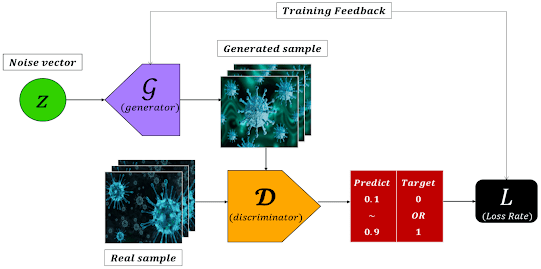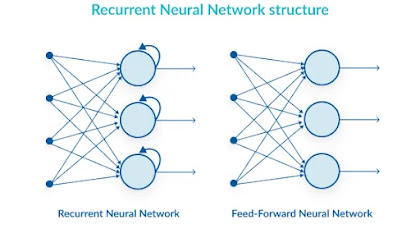In this tutorial blog post, I will introduce you to the top 5 generative AI algorithms that everyone should know. I will explain each algorithm in detail and provide examples of how they can be used. I will also discuss the most recent developments in the field of generative AI, including diffusion models.
Generative AI is a fascinating field that has seen tremendous growth in recent years. It involves using machine learning algorithms to generate new data that is similar to the training data. Generative AI has been used to generate realistic images, videos, music, and even text. In this tutorial, we will focus on the top 5 generative AI algorithms that everyone should know.
Top 5 Generative AI Algorithms
1. Generative Adversarial Networks (GANs): GANs are a class of neural networks that are used to generate new data that is similar to the training data. They consist of two networks: a generator and a discriminator. The generator creates new data, while the discriminator tries to distinguish between the generated data and the real data. The two networks are trained together, with the generator trying to create data that can fool the discriminator. GANs have been used to generate realistic images, videos, and even music.
2. Variational Autoencoders (VAEs): VAEs are another type of neural network that can be used for generative tasks. They are used to learn a compressed representation of the input data, which can then be used to generate new data. VAEs are trained to minimize the difference between the input data and the reconstructed data. They have been used to generate images, videos, and even 3D models.
3. Recurrent Neural Networks (RNNs): RNNs are a type of neural network that can be used for generative tasks that involve sequences, such as text or music. They are designed to process sequences of inputs and generate a sequence of outputs. RNNs have been used to generate text, music, and even video.
4. Transformers: Transformers are a type of neural network that can be used for generative tasks that involve sequences. They are similar to RNNs, but they use a different architecture that allows them to process sequences in parallel. Transformer networks have been used to generate text, music, and even code.
5. Neural Style Transfer: Neural style transfer is a technique that can be used to transfer the style of one image to another image. It works by using a pre-trained neural network to extract the style and content features from the two images. The style features are then transferred to the content image to create a new image that combines the content of the original image with the style of the other image.
Recent Developments in Generative AI
In recent years, there have been several exciting developments in the field of generative AI. One of the most significant developments has been the emergence of diffusion models. Diffusion models are a type of generative model that can be used to generate high-quality images, videos, and even music. They work by iteratively adding noise to an image and then removing the noise. This process is repeated several times, with the amount of noise decreasing at each iteration. The result is a high-quality image that is similar to the original image.
Another recent development in the field of generative AI is the emergence of GenAI. GenAI is a new type of AI that is designed to be more creative and innovative than traditional AI. It is based on the idea of using generative models to create new data that is similar to the training data. GenAI has been used to generate realistic images, videos, and even music.

Generative AI is a fascinating field that has seen tremendous growth in recent years. In this tutorial blog post, we introduced you to the top 5 generative AI algorithms that everyone should know. We explained each algorithm in detail and provided examples of how they can be used. We also discussed the most recent developments in the field of generative AI, including diffusion models and GenAI. We hope that this tutorial has helped you understand the most important generative AI algorithms.







Comments
Post a Comment